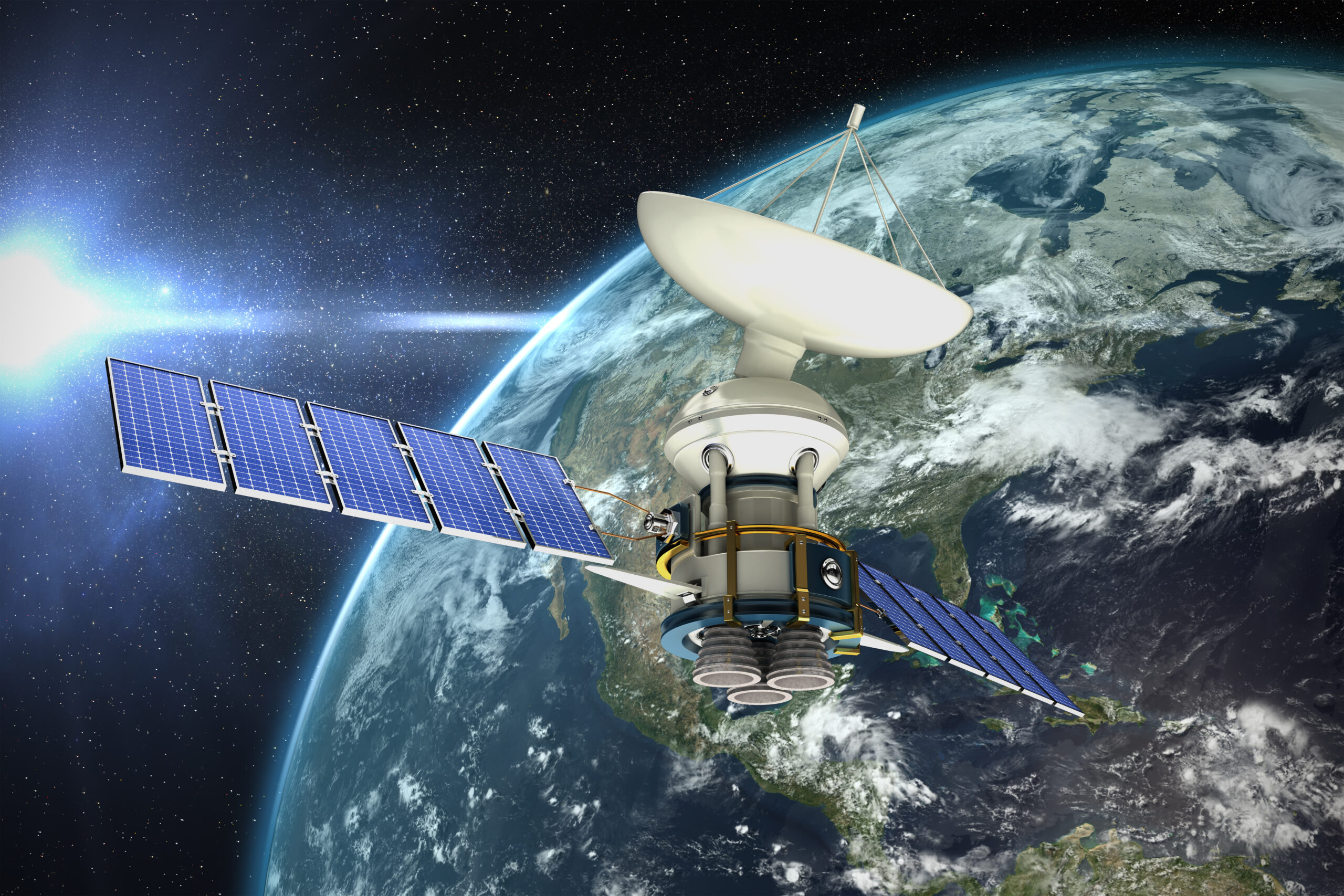At Last Mile Production, we believe that solving legacy energy challenges requires more than just ambition—it requires advanced technology, precision, and proof. Our mission is to redefine responsible energy by turning environmental liabilities into climate assets. This transformation isn’t possible without the powerful tech stack that underpins our daily operations.
From methane sensors deep in the oilfield to satellite surveillance that verifies emissions from above, we use cutting-edge tools to ensure every action we take meets—or exceeds—the world’s highest environmental standards. This is not innovation for innovation’s sake. This is technology with purpose—tech that earns trust, guarantees impact, and brings transparency to an industry long shrouded in opacity.
In this blog, we’re taking you behind the scenes to explore the technologies that make our carbon credits more valuable, our impact more measurable, and our process more scalable.
Smart Sensors in the Field
We start at the ground level—literally. Our work in methane-mitigating drilling begins with on-site, real-time monitoring. We deploy advanced IoT (Internet of Things) sensors that track emissions levels at every phase of drilling and remediation. These sensors measure temperature, pressure, and gas composition in real time.
The benefit? We don’t guess—we know. These tools detect methane leaks before they become visible or volatile. That allows us to stop emissions at the source, seal threats quickly, and deliver measurable reductions that are independently validated.
Our data is stored securely and analyzed through AI algorithms to recognize patterns and flag anomalies—giving our teams and partners confidence in the accuracy and performance of our remediation.
SCADA Systems for Precision Control
SCADA—Supervisory Control and Data Acquisition—is the backbone of our remote operations. These systems allow us to control drilling equipment, monitor flows, and analyze performance from a centralized digital interface.
This precision system enables safe operations across multiple sites with minimal manpower and maximum efficiency. SCADA helps us capture fugitive emissions, optimize well output, and create seamless transitions from active production to plugging and restoration.
It’s like air traffic control for the oilfield—ensuring our crews are always operating in the safest, smartest way possible.
AI-Powered Analytics: Decision-Making at Scale
The oil and gas industry traditionally relies on human intuition and experience. At Last Mile, we pair human expertise with machine intelligence. Our AI platform ingests data from sensors, SCADA, and legacy records to model risk, estimate emissions savings, and simulate the most effective path to restoration.
This deterministic, data-backed approach powers every step of our workflow—allowing us to make environmental decisions with financial confidence. Our credits aren’t just theoretical—they’re backed by numbers, logic, and proof.
This is why partners trust our projects. Our data tells a story—one of continuous improvement and irrefutable value.
Blockchain Verification: Trust Built Into Every Credit
Transparency is non-negotiable. To ensure our carbon credits are tamper-proof and fully auditable, we use blockchain to verify every phase of project execution.
Each credit generated by Last Mile is registered on a secure blockchain ledger that captures:
- Time-stamped emissions data
- Proof of well plugging or remediation
- Satellite imagery verification
- Independent third-party validation
This ensures that no data can be manipulated post-issuance, and every stakeholder can trace the origin, value, and impact of each carbon credit issued. It’s carbon accounting at its most secure.
Satellite Monitoring: Verifying from the Sky
How do we confirm what’s happening on the ground? We look to the sky.
We use satellite-based methane monitoring tools—like GHGSat and similar services—to independently track emissions over time from our remediated sites. These tools can detect methane plumes as small as 25kg/hour from orbit, giving regulators, partners, and buyers third-party verification that emissions have indeed been reduced or eliminated.
This level of accountability is what makes Last Mile’s carbon credits some of the most trusted in the voluntary carbon market.
Insurance Integration: Quantifying and Protecting Impact
Because of the reliability of our tech systems and our performance standards, Last Mile carbon credits are eligible for insurance—an innovation in the carbon credit world.
Through partners like BluClarity and Chubb, our projects are underwritten with financial guarantees that protect against performance failure. This allows buyers to purchase credits with confidence, knowing that their climate investment is secure.
Insured credits are premium credits—because they carry both impact and assurance. That’s how we turn environmental integrity into bankable value.
Why This Tech Stack Matters
Together, these technologies create a full-circle system of accuracy, transparency, and performance.
In an industry long criticized for opacity and greenwashing, Last Mile is setting a new standard—by exceeding federal requirements by up to 5X, documenting every ton of emissions prevented, and generating verifiable outcomes that align with the highest ESG benchmarks.
From the ground to the cloud to space, our systems create accountability at every step.
That’s not just tech innovation—it’s trust innovation.
Conclusion: A Smarter Way Forward
The future of energy isn’t just cleaner—it’s smarter. At Last Mile, we believe that the best environmental results come from the best tools, applied with purpose.
Every well we restore, every ton of methane we prevent, and every carbon credit we issue is powered by a tech ecosystem designed for integrity, scale, and impact.
This is how we turn liability into legacy. This is how we earn trust, one ton at a time.

